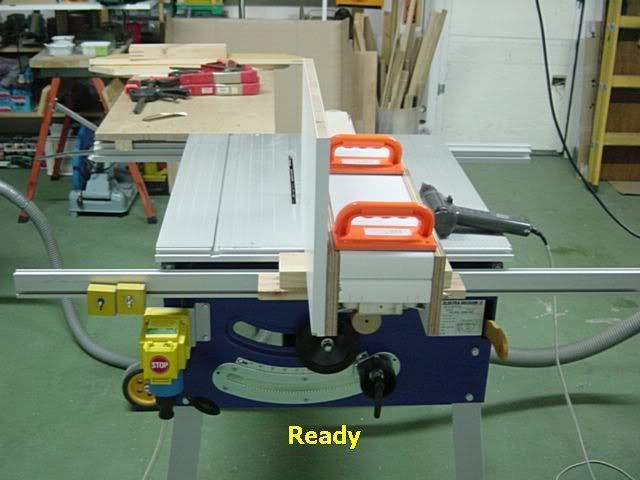Norm's method of doing tenons on the TS has always baffled me.
He cuts the shoulders using a spacer block off the fence - that makes sense.
Then he nibbles away at the short face of the tenon by multiple passes over the blade - Yep, I still get it.
Then he gets a huge jig out that needs quite a bit of setting up to do the long faces of the tenon. I don't get it.
Why doesn't he just use the same set-up and nibble away using multiple passes (the same as the short faces)? Surely the finish left is totally adequate for the strength of the glue joint (you could even argue it's better!)
I've cut tenons mainly on a RAS and I've used the multiple pass technique for all faces. The only use I could see for the jig is if you had a production run to do - then it would probably save time - but for a handful of tenons.....?
Am I missing something?
Vinn
He cuts the shoulders using a spacer block off the fence - that makes sense.
Then he nibbles away at the short face of the tenon by multiple passes over the blade - Yep, I still get it.
Then he gets a huge jig out that needs quite a bit of setting up to do the long faces of the tenon. I don't get it.
Why doesn't he just use the same set-up and nibble away using multiple passes (the same as the short faces)? Surely the finish left is totally adequate for the strength of the glue joint (you could even argue it's better!)
I've cut tenons mainly on a RAS and I've used the multiple pass technique for all faces. The only use I could see for the jig is if you had a production run to do - then it would probably save time - but for a handful of tenons.....?
Am I missing something?
Vinn






































